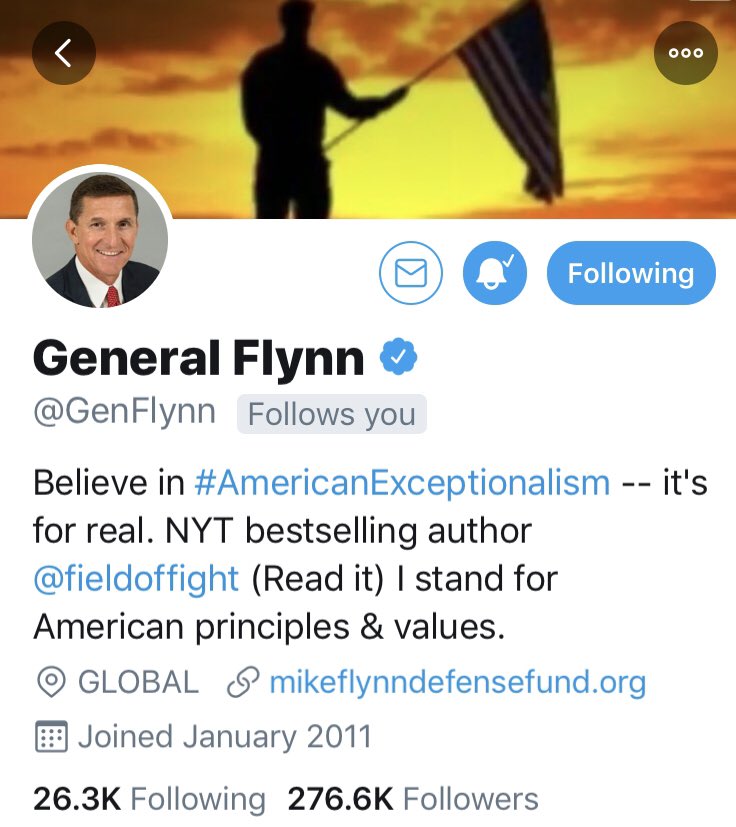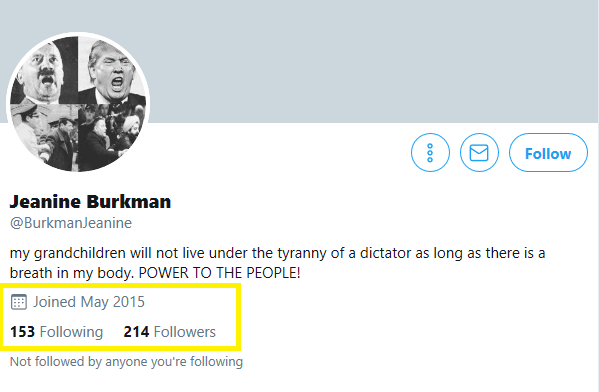At its core Federation stitches together many microservices into a single GraphQL graph exposed to clients
@KnotelEngineer @UriGoldshtein
1/
2/
3/
4/
tl;dr a monolithic architecture was not optimal for our business case
We tried Schema stitching with Apollo to consolidate microservices into a single graph and found it lacking
5/
We called this GraphQL server Foundation because it was core to our infrastructure
6/
7/
8/
Pain Point 2: Any change to a microservice also required a change to Foundation to update the typedefs and resolvers to match.
9/
10/
*note, the Federation service does need to be bounced
11/
12/
Federation fixed this because now the service which holds the RBAC policies directly receives requests so they can be gated by the service itself
13/
14/
15/
Business logic concerns are once again separated!
16/
So far though it's been rad! We chucked thousands of lines of code and removed a whole service from our infra
17/
fin
18/












